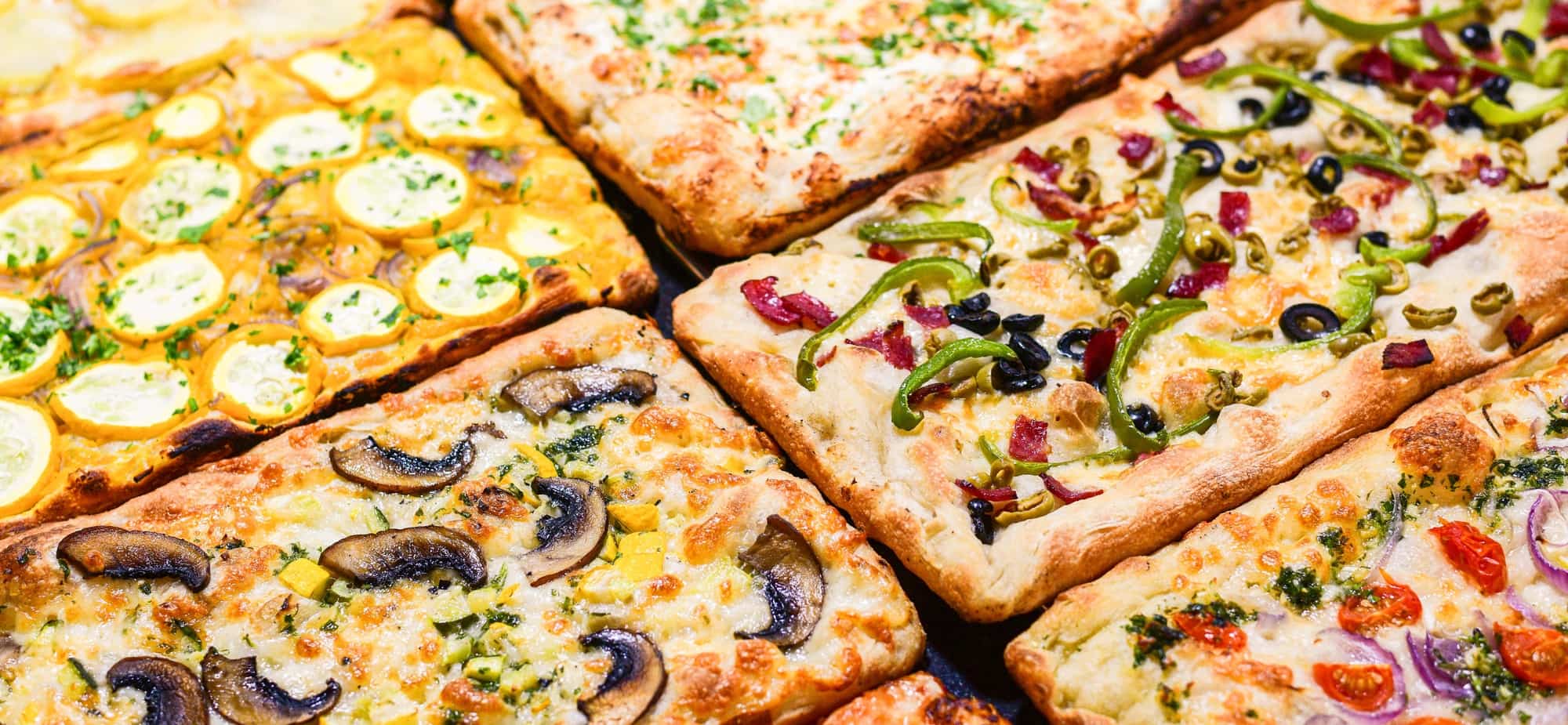Ever noticed how a bowl of mac and cheese or a slice of pizza can instantly lift your mood? Comfort food just gets us—it’s warm, familiar, and always hits the spot. But here’s some food for thought: where did these iconic dishes even come from? Spoiler alert: they’ve got some pretty wild backstories that go way beyond your couch and Netflix nights.
1. Mac and Cheese: A Dish Fit for Royalty
The roots of mac and cheese can be traced to 13th-century Italy, where a dish resembling today's macaroni and cheese was made by layering pasta with cheese and butter. However, it was Thomas Jefferson who played a pivotal role in introducing this dish to America. During his time as the U.S. Minister to France, Jefferson encountered the dish and, upon returning to the States, had a pasta-making machine imported from Italy. In 1802, he served "a pie called macaroni" at a state dinner, marking the dish's American debut.
Over time, mac and cheese evolved from an aristocratic delicacy to a household staple. The 1824 cookbook The Virginia House-Wife featured a recipe combining macaroni, cheese, and butter, baked to perfection. By the mid-19th century, similar recipes appeared across the United States, solidifying its place in American cuisine.
2. Pizza: From Naples to Worldwide Fame

The journey began in ancient civilizations, where flatbreads topped with various ingredients were common. However, the modern pizza as we know it took shape in Naples, Italy, in the 18th century. The introduction of tomatoes from the New World in the 1600s transformed these flatbreads, leading to the creation of the first modern pizzas. A significant milestone occurred in 1889 when Raffaele Esposito, a renowned pizzaiolo, created the Margherita pizza in honor of Queen Margherita of Savoy. The pizza's toppings—tomatoes, mozzarella, and basil—represented the colors of the Italian flag, symbolizing national pride.
Italian immigrants brought pizza to the United States in the early 20th century, with the first pizzeria opening in New York in 1905. Post-World War II, returning soldiers popularized pizza, leading to its global spread and the myriad regional variations we enjoy today.
3. Burgers: The Icon of Fast Food Culture
The hamburger's origins are often linked to German immigrants in the United States. In the late 19th century, they served "hamburg steak," a ground beef patty named after Hamburg, Germany. These patties were initially eaten with a knife and fork but eventually found their way between slices of bread, creating the modern hamburger. The 1893 Chicago World's Fair played a pivotal role in popularizing the hamburger as a sandwich. By the early 20th century, diners and fast-food chains began offering hamburgers, cementing their status in American cuisine. The establishment of White Castle in 1921 further solidified the hamburger's place in fast-food culture.
4. French Fries: Belgian or French?
The debate over the origins of French fries is a long-standing one. One theory posits that French fries were invented by street vendors on Paris’s Pont Neuf bridge in 1789, just before the outbreak of the French Revolution. Alternatively, some argue that French fries are Belgian, with a strong case presented by the Belgians themselves. According to Belgian lore, French fries originated in the Meuse Valley, where fishermen are said to have fried small fish for meals. During harsh winters, when rivers froze, they cut potatoes into the shape of fish and fried them.
The term "French fries" became popular among American soldiers stationed in Belgium during World War I, who mistakenly associated the dish with France due to the French language spoken in that part of Belgium. This misnomer has persisted globally, even though both Belgium and France have strong culinary traditions involving fried potatoes.
5. Ice Cream: A Chilled Tale Across Continents
The history of ice cream dates back to ancient civilizations. In the Persian Empire around 500 B.C., a frozen dessert called "bastani" was made by mixing ice with grape juice, fruit juice, and other sweet flavors. This treat was enjoyed by the elite due to its challenging and expensive production process. The tradition of frozen desserts spread through Alexander the Great's conquests, reaching ancient Greece and Rome. Roman emperors, including Nero, are recorded to have enjoyed chilled desserts made from snow and honey. These early forms of ice cream laid the foundation for the sweet, creamy treats we indulge in today.
6. Did you know about these fun fusion Foods?
Japan’s Curry Rice: Japanese curry rice, or "kare raisu," is a beloved comfort food in Japan. Introduced by the British Navy during the Meiji era, Japanese curry evolved into a unique dish characterized by its thick, sweet-spicy sauce and served over rice. It has since become a staple in Japanese households and restaurants. Fusion Pizzas in India and Beyond: In India, pizza has been adapted to local tastes, resulting in unique fusion pizzas. Toppings like paneer, tandoori chicken, and pickled vegetables are commonly used, reflecting the rich culinary traditions of the region.
Every comfort food has a backstory. From royal banquets to humble beginnings, these dishes have journeyed through time and across borders to land on our plates today. Knowing their origins gives us a deeper appreciation of what we eat and how food connects us to history, culture, and each other. So the next time you dig into a warm bowl of mac and cheese or grab a slice of pizza, remember: you're not just enjoying a dish, you're tasting a piece of history.
Loved reading about the origins of your favorite comfort foods?
Why not learn how to make them like a pro? From hand-tossed pizzas to the creamiest gelato, explore our Artisanal courses and bring those classic flavours to life in your own kitchen.








